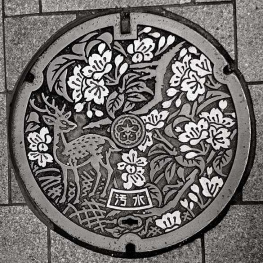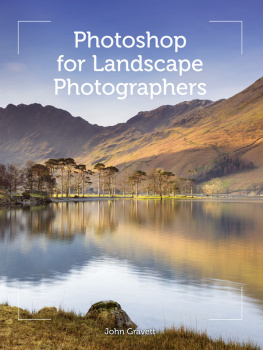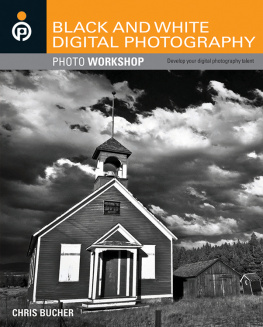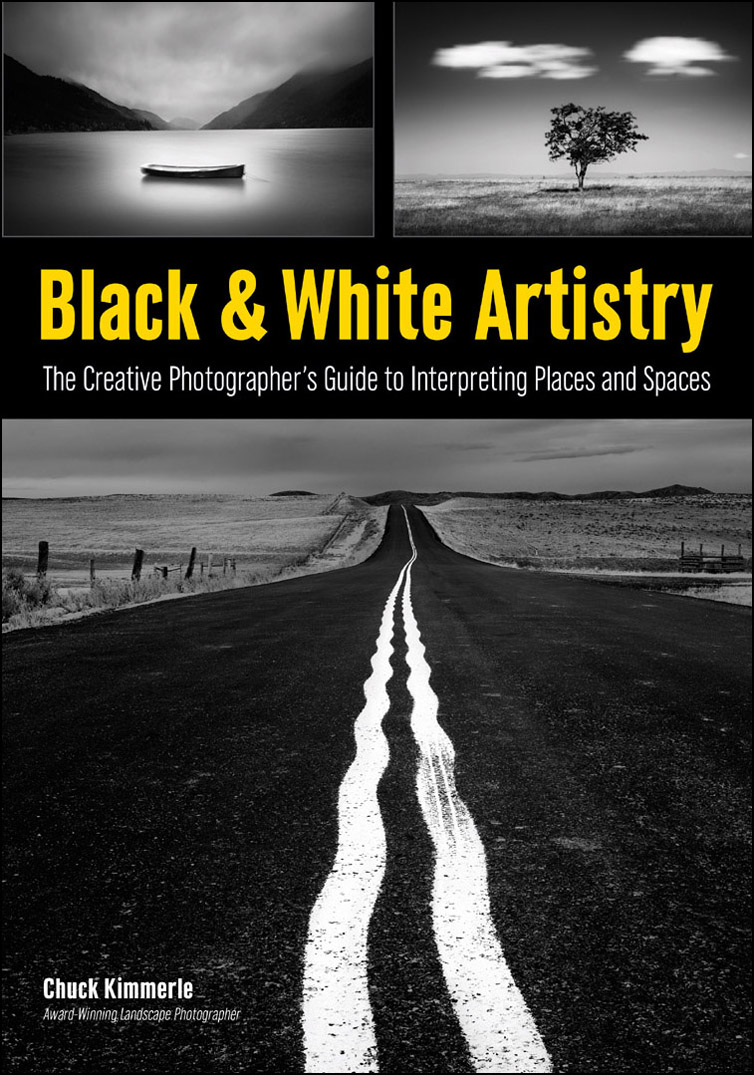
Copyright 2016 by Chuck Kimmerle
All rights reserved.
All photographs by the author unless otherwise noted.
Published by:
Amherst Media, Inc., P.O. Box 586, Buffalo, N.Y. 14226, Fax: 716-874-4508
www.AmherstMedia.com
Publisher: Craig Alesse
Senior Editor/Production Manager: Michelle Perkins
Editors: Barbara A. Lynch-Johnt, Harvey Goldstein, Beth Alesse
Associate Publisher: Kate Neaverth
Editorial Assistance from: Carey A. Miller, Sally Jarzab, John S. Loder
Business Manager: Adam Richards
Warehouse and Fulfillment Manager: Roger Singo
ISBN-13: 978-1-60895-967-9
Library of Congress Control Number: 2015944877
10 9 8 7 6 5 4 3 2 1
No part of this publication may be reproduced, stored, or transmitted in any form or by any means, electronic, mechanical, photocopied, recorded or otherwise, without prior written consent from the publisher.
Notice of Disclaimer: The information contained in this book is based on the authors experience and opinions. The author and publisher will not be held liable for the use or misuse of the information in this book.

www.facebook.com/AmherstMediaInc
www.youtube.com/c/AmherstMedia
www.twitter.com/AmherstMedia
Table of Contents
Guide
Contents



C huck Kimmerle is a black & white fine-art landscape photographer based out of Casper, Wyoming. He began his career as a staff photojournalist working at daily newspapers in Minnesota, Pennsylvania, and North Dakota, at the latter of which he was, as part of a small photography staff, a finalist for the 1998 Pulitzer Prize for Spot News Photography for coverage of a devastating flood.
After leaving journalism, he chose the more relaxed and refined life of a staff photographer at the University of North Dakota, where he remained for the next ten years. Throughout the years of photo-journalism and educational photography, he spent much of his free time photographing the landscape around which he lived.
In 2010, Chuck transitioned to photographing the landscape when he resigned from his staff photographer position and followed his wife, Brenda Ling, to her new job in Wyoming.
Chucks photography style has been called balanced and formal. His compositions are often simple and uncluttered, with objects frequently centered within the frame. To this day, he refuses to apologize for that great offense to those compositional hard-liners for whom the rule of thirds is an eleventh commandment.

T here is a philosophy within the artistic community, in our case black & white photography, which states that art cannot be taught. The rationale is that artistic style and vision are dependent solely upon the individual, and any undue influence can only serve to dilute meaningful creativity.
As far as photography is concerned, the technical aspectsexposure, camera specifics, Photoshop layers and masks, and so onare easy to teach and fairly easy to learn. There are, literally, hundreds of books and Internet sites devoted to those subjects. This book will not be one of those. There are also many books that aim to teach the rules of art and vision in an attempt to spur creativity. This book will not be one of those, either. Instead, this book endeavors, through numerous examples and analyses, to give you the necessary tools to consider the possibilities of, and to think about, your own work.

To that end, there are a few assumptions I have had to make. The first is that you know how to operate your camera and that you are familiar with ISO, shutter speed, aperture, and depth of field. Second, that you have a basic knowledge of Adobe Photoshop, the premiere photo editing application and the primary application we will be discussing. However, as there is a significant overlap between Adobe Photoshop and Adobe Lightroom, and our discussions about post-processing will be primarily theory-based, even you Lightroom folks will benefit from this book.
The bottom line is that we will not be discussing, necessarily, how to do a particular task but, instead, why to do it. My hopes are not to make you a better technicianthe Internet has plenty of resources to do thatbut to make you a more enlightened and aware photographer.


L andscape photography is at its core a study of our environment, our surroundings. Landscape photographs are often created as wide and expansive scenes, but they can also be narrow and introspective. Many such images are of nature devoid of any apparent human interaction and feature subjects such as mountains, rivers, lakes, oceans, deserts, canyons and prairies. Others images include interactions with the hand-of-man, and include elements such as roads, buildings, agricultural crop rows, or fence lines.
Consider landscape photography to include almost any photograph which does not explicitly include people...

But those are only the beginning. The definition of landscape photography has expanded over the years to include even architectural studiesespecially those of old vernacular buildings such as houses and factories, suburban sprawl, junk yards, abstracts, back alleys, fence lines, scenic wildlife images and parking lots, among others.
In all of these photographs, the primary focus is, whether explicitly or implicitly, on our surroundings and our place within those surroundings. For our purposes within this book, we will consider landscape photography in a generic definition to include almost any photograph which does not explicitly include people as the primary subjects.
Of course, as said above, that is a rather nebulous definition that includes a very broad range of potential subjects. In a perfect world it would not be necessary to even try and define our work, but ours is not a perfect world. We, as humans, feel most comfortable when we can categorize and sort things, and that includes photographers. So, like it or not, the term landscape photographer is what we are going to call ourselves for the duration of the book.



















